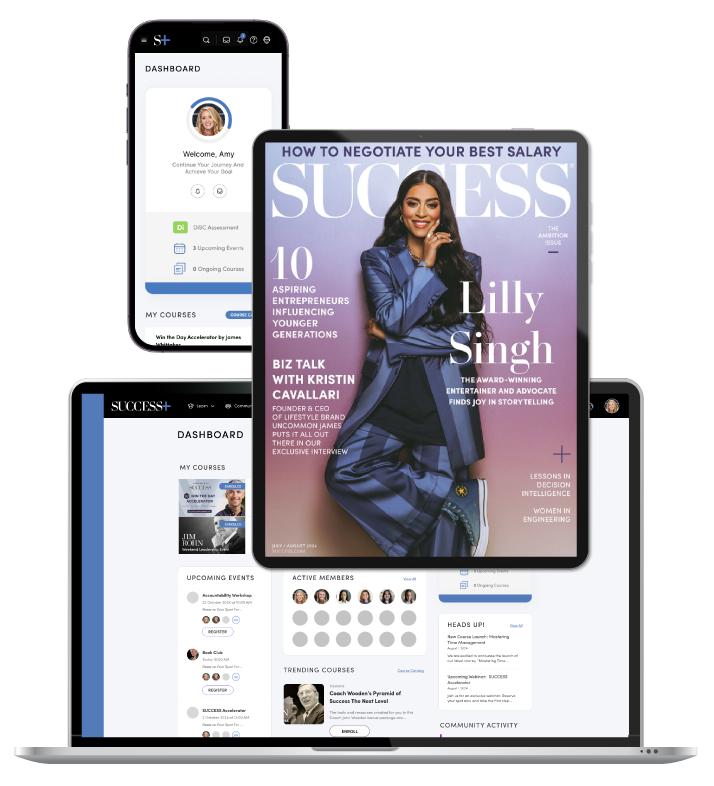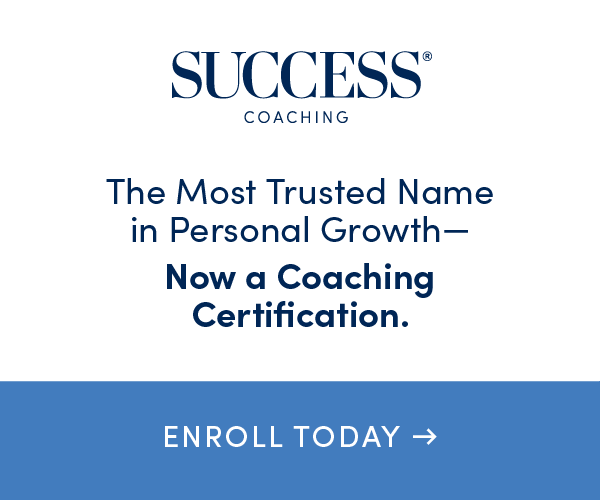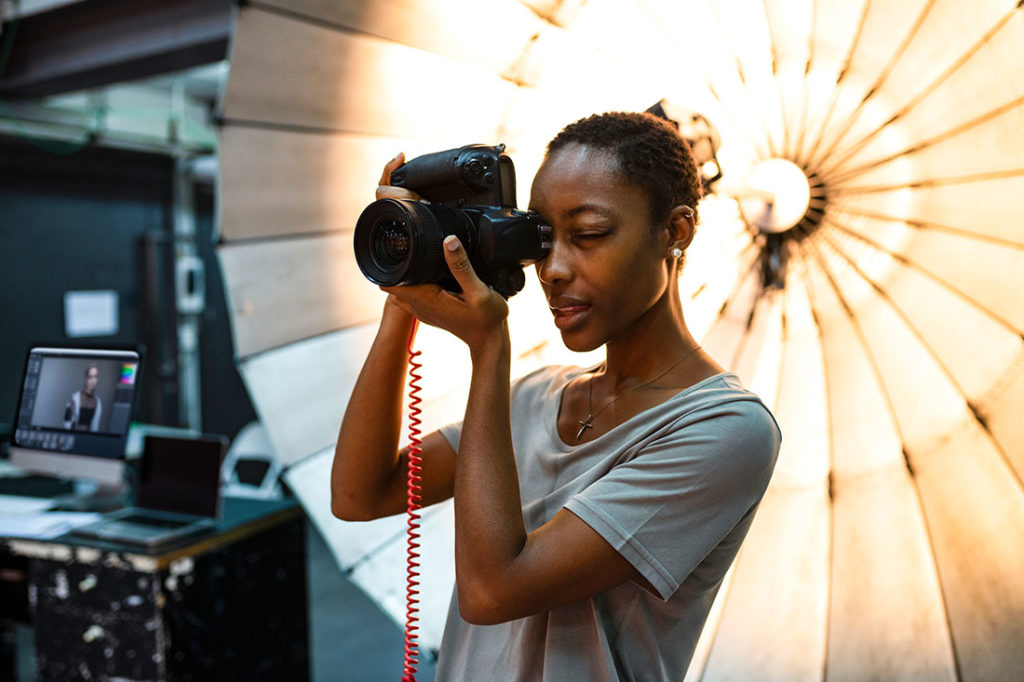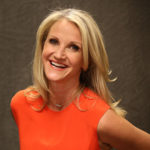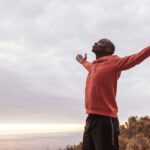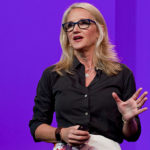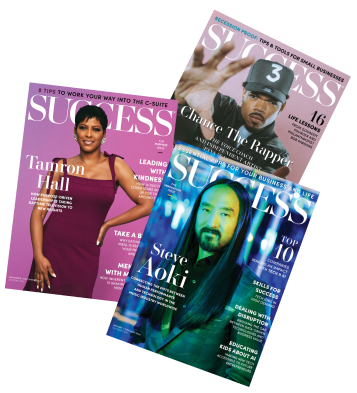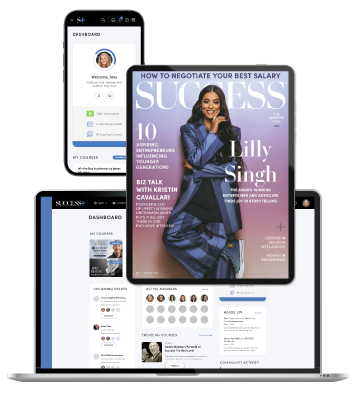I have discovered the best ideas come to me at the most random times: in the shower, brushing my teeth, walking in the woods and in the middle of the night. Experts talk about the benefits of productive procrastination, which is a fancy way to say that when you are working on a big project, your mind needs time to wander.
But what do you do when you can’t afford the luxury of letting an epiphany occur when it’s ready? Projects inevitably require your best thinking quickly, whether you are building a new sales strategy, updating your website or solving a customer issue. When the answers to these problems don’t seem obvious, it can cause additional stress. So how do you do your best creative thinking when you’re under pressure?
Alongside other researchers, Teresa Amabile, a professor at Harvard Business School, collected more than 9,000 workday diary entries, crunched the numbers and was able to isolate the two factors that promote creativity on a deadline:
- Time to concentrate with zero interruptions.
- Knowing why the problem is important to solve.
Let’s unpack these a bit more. First, if you need to solve a problem on a deadline, start by blocking out distractions. Amabile’s research showed that the most creative days featured the same working conditions: the ability to concentrate with no interruptions. Without this protected focus during time-pressured days, people felt as if they were on a treadmill: moving fast, but not getting anywhere.
The second condition is having a strong sense of why the problem is important. When people understood why solving a problem or thinking of a new idea was critically important, they felt like they were on a mission, and therefore were driven to solve the problem.
Even with these conditions in place, the fact remains that breakthroughs don’t often happen at work. In fact, in a 2019 Harvard Business School interview with Teresa Amabile, she discussed how current managerial practices often stifle creativity at work.
Here’s my recommended process for quickly solving a problem:
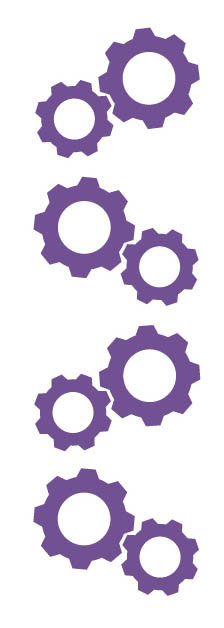 • Block out distractions during work.
• Block out distractions during work.
• Go on a mission to learn as much as you can about the problem you are looking to solve and consider every potential solution.
• Immerse yourself in the material.
• When you finish your research, try to stop thinking about it. Take a long shower or go for a run without headphones in. Remind yourself why this problem is important.
Within a few days, the creative solutions you’re looking for should appear.
Whether you’re under time constraints or not, use this process to cultivate creativity and innovation in your daily life. And remember—you’re innately creative, and under the right conditions, you can bring that creativity to the surface every time you need it.
This article originally appeared in the October 2017 issue of SUCCESS magazine and has been updated. Photo by Rawpixel.com/Shutterstock
